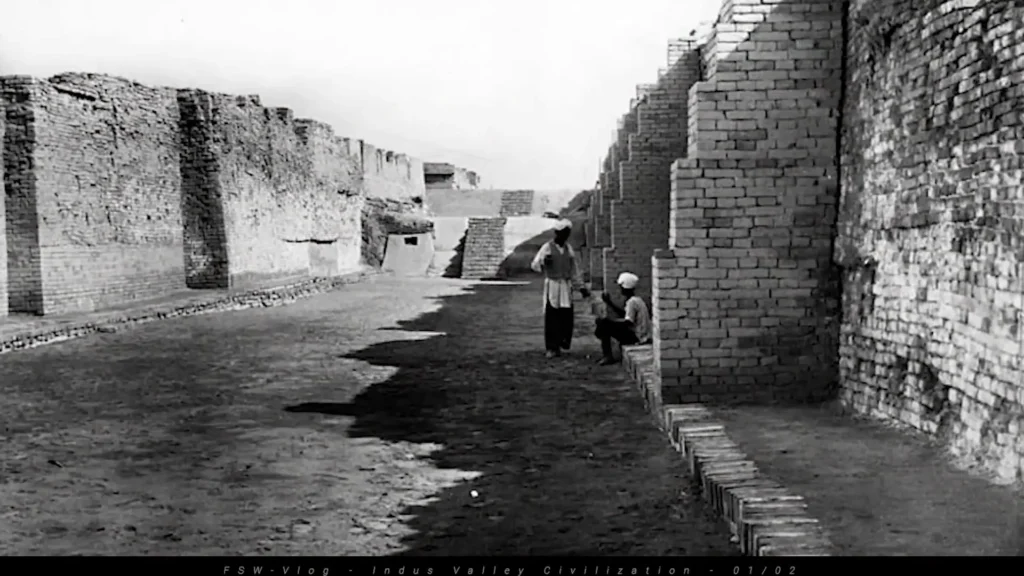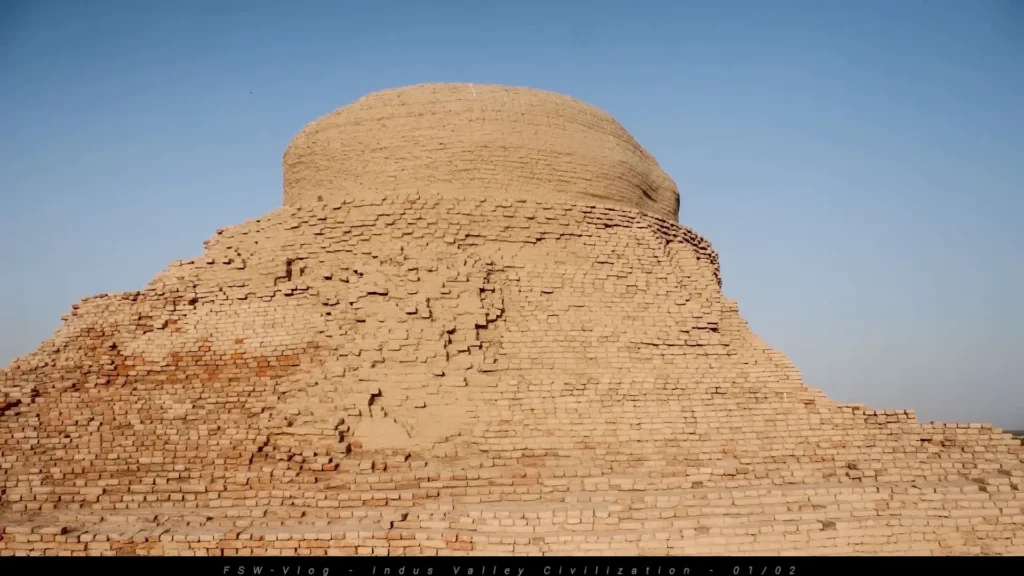The Indus Valley Civilization: A Deep Dive into Ancient Society
The Indus Valley Civilization (IVC) is one of the world’s oldest urban cultures, flourishing from approximately 3300 to 1300 BCE in the northwestern regions of South Asia. Known for its sophisticated urban planning and advanced social structures, the remains a fascinating subject for historians and archaeologists alike. This blog will explore various aspects of the including its cities, trade, agriculture, and the enigmatic nature of its decline.
Overview of the Indus Valley Civilization
The Indus Valley Civilization was primarily located in what is now Pakistan and northwest India. Major urban centers like Mohenjo-daro and Harappa showcased remarkable architectural prowess, with organized streets and advanced drainage systems.
What set the Indus Valley Civilization apart from its contemporaries, such as Mesopotamia and Ancient Egypt, was its unique approach to urban planning. The cities were laid out in a grid pattern, indicating a high level of administrative control and urban design. This architectural uniformity hints at a well-organized government that focused on public welfare.
Urban Planning and Architecture
The cities of the Indus Valley Civilization featured well-constructed buildings made primarily from baked mud bricks. These structures were often multi-storied and designed with an eye toward functionality and aesthetics. The Great Bath at Mohenjo-daro, for example, is believed to have been a public bathing area, reflecting the importance of hygiene in society.
Moreover, the drainage systems in these cities were highly sophisticated. Homes had bathrooms with toilets connected to a network of drains that carried waste to a central sewage system. This level of sanitation was unprecedented and showcases the advanced nature of the Indus Valley Civilization.

Trade and Economy
Trade was a vital component of the Indus Valley Civilization economy. The civilization engaged in extensive trade networks, exchanging goods with regions as far as Mesopotamia. Artifacts such as seals and weights found at various sites suggest that had a well-developed system of commerce.
These seals often depicted animals and scripts, indicating both the cultural significance of these items and their practical use in trade. The presence of weights also suggests that there was a standardized system for measuring goods, which would have been essential for fair trade practices.
Agricultural Practices
Agriculture was the backbone of the Indus Valley Civilization economy. The fertile plains of the Indus River provided an ideal environment for cultivating crops such as wheat, barley, and peas. The people of the developed advanced agricultural techniques, including irrigation systems that allowed them to maximize their crop yields.
Evidence also suggests that the Indus Valley Civilization engaged in animal husbandry, raising livestock such as cattle, sheep, and goats. This not only provided food but also materials for clothing and tools. The combination of agriculture and animal husbandry contributed significantly to the sustenance of the population in the Indus Valley Civilization.
The Mysterious Decline
Despite its advancements, the decline of the Indus Valley Civilization remains shrouded in mystery. Various theories have been proposed, ranging from climate change and natural disasters to invasions by external forces. However, no consensus has been reached, making this one of the most intriguing aspects of Indus Valley Civilization history.
Archaeological evidence points to a gradual decline in urban centers, with many cities being abandoned. This suggests a complex interplay of factors contributing to the civilization’s eventual downfall.

Cultural and Social Structures
The cultural practices of the people are still largely unknown due to the undeciphered script found on seals and pottery. However, the artifacts discovered provide insight into their daily lives, religious beliefs, and social organization.
Unlike other ancient civilizations, there is little evidence of a centralized monarchy or a ruling elite in the Indus Valley Civilization. Instead, it is believed that power was more evenly distributed among various groups, indicating a form of governance that was likely communal.
Conclusion
- The Indus Valley Civilization stands as a testament to human ingenuity and adaptability. Its achievements in urban planning, trade, and agriculture laid the groundwork for future civilizations in South Asia. While much remains unknown, ongoing research continues to shed light on this fascinating ancient culture.
